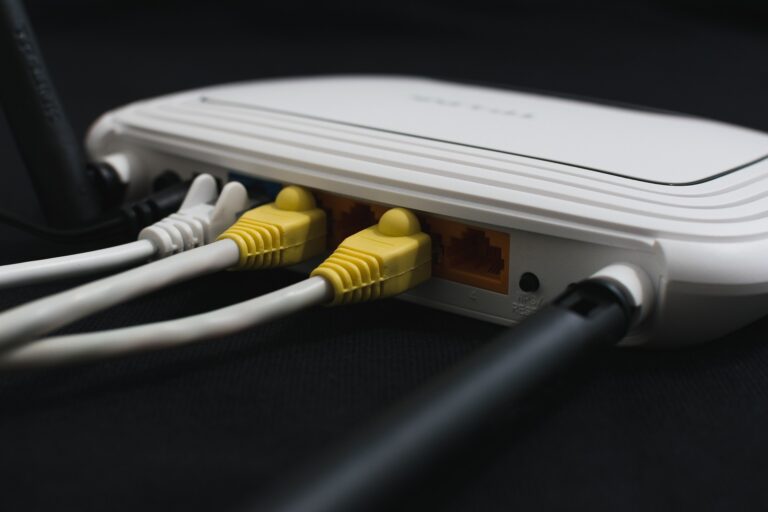In an era where our homes are increasingly connected, Wi-Fi security has become more important than ever. With a myriad of devices relying on our home networks, understanding how to protect them is crucial. This guide will explore the key strategies and practices for securing your home Wi-Fi network, ensuring your digital safety and privacy.
Understanding Wi-Fi Security
The Risks of an Unsecured Network
An unsecured Wi-Fi network can be a gateway for cyber threats, including unauthorized access to your personal information, malware attacks, and the misuse of your internet connection.
Common Vulnerabilities
Weak passwords, outdated router firmware, and unencrypted connections are some of the most common vulnerabilities in home Wi-Fi networks.
Essential Steps to Secure Your Wi-Fi
Change Default Router Credentials
Many routers come with default usernames and passwords that are easily guessable. Change these credentials to something unique and complex.
Update Your Router’s Firmware
Regularly check for and install firmware updates for your router. These updates often include security patches that protect against new vulnerabilities.
Enable Strong Encryption
Use WPA3 encryption if available, or at least WPA2, as WEP is outdated and easily cracked. Encryption helps protect the data transmitted over your network.
Creating a Strong Wi-Fi Password
Use Complex Passwords
Create a strong, unique password for your Wi-Fi network. It should be at least 12 characters long and include a mix of letters, numbers, and symbols.
Avoid Personal Information
Don’t use easily guessable information like birthdays, names, or addresses in your Wi-Fi password.
Regularly Change Your Password
Periodically changing your Wi-Fi password can help keep potential intruders at bay.
Additional Security Measures
Enable Network Firewalls
Most routers have built-in firewalls. Ensure they are activated to provide an additional layer of defense against external attacks.
Disable WPS (Wi-Fi Protected Setup)
While WPS offers a convenient way to connect devices to your network, it can also be a security risk. Disable it to prevent unauthorized access.
Create a Guest Network
For visitors, set up a separate guest network. This keeps your main network more secure, as guests won’t have access to the primary network where your devices are connected.
Monitoring Your Network
Regularly Check Connected Devices
Regularly monitor the devices connected to your network. Unrecognized devices could be a sign of unauthorized access.
Consider Network Security Tools
There are tools available that can help you monitor your network for unusual activity and potential security breaches.
Educating Household Members
Promote Safe Browsing Practices
Educate everyone in your household about the importance of safe online habits, especially regarding what not to download and avoiding suspicious links.
Update Connected Devices
Ensure that all devices connected to your network, including smartphones and computers, are kept up-to-date with the latest security patches.
Conclusion
Securing your home Wi-Fi network is a crucial step in protecting your digital life. By following these guidelines, you can significantly reduce the risk of cyber threats and enjoy a safer online experience. Remember, in the world of cybersecurity, proactive measures are your best defense. Keep your Wi-Fi network secure, and surf with confidence!

0 Comments